Speakers and Abstracts
(Speakers are listed in the order of the programs’ sessions)Lecture 1: Silent Partners: The Genetics of Rare Disease Carriers

Eliane Choueiry, PhD
Dr. Choueiry obtained her PhD in Human Genetics and Molecular Biology from the Université de Versailles Saint-Quentin-en-Yvelines in France in 2008. She had established, in 1998, the Molecular Biology unit for molecular diagnosis, and in 2005 the Human Identification section, at Saint Joseph University (USJ) in Lebanon. Beginning in 2002, Dr. Chouery was in charge of the Molecular Biology and Basic Genetics courses at the same faculty. She was appointed as Associate Professor in the Faculty of Medicine of USJ in 2017.
Her research focuses on the identification of genes involved in orphan diseases. She is author or co-author of more than 100 publications.
Dr. Choueiry’s previous experience enabled her to contribute to the establishment of the Department of Human Genetics at the LAU Gilbert and Rose-Marie Chagoury School of Medicine. This department includes a genetic counseling unit, a molecular genetic diagnosis unit and a human identification unit; and the Human Genetics Department faculty engage substantially in teaching and research activities at the LAU school of medicine.
Abstract
Exome sequencing (ES) has revolutionized the field of genetics, providing a powerful tool for diagnosing genetic disorders. Beyond its diagnostic utility, ES also plays a critical role in identifying carriers of pathogenic variants, enabling early risk assessment and informed reproductive choices.
In our department, we have expanded the scope of ES beyond standard diagnostic analysis to systematically report all carriers of pathogenic variants. Indeed, carrier identification is particularly crucial in populations with high rates of consanguinity, where autosomal recessive conditions are more prevalent. Thus, our initiative bridges the gap between genetic diagnostics and public health by promoting active risk assessment, facilitating early interventions, and ultimately reducing the burden of inherited disorders. Additionally, by cataloging pathogenic variants in affected and carrier individuals, we contribute to a national genetic database, which is critical for understanding disease prevalence, founder mutations, and population-specific genetic risks.
Lecture 2: Enhancing Knowledge in the Field of Genetic Diseases: Gene Discovery

Cybel Mehawej, PhD
Dr. Mehawej obtained her PhD in Genetics from Paris Descartes University and from Saint-Joseph University (USJ) in 2013 (International Dual Degree PhD). Her doctoral work aimed to identify new genes involved in skeletal dysplasia. In 2015, Dr. Mehawej joined Dr. Raif Geha’s laboratory at Boston Children’s Hospital, Harvard Medical School as a postdoctoral fellow, where she focused on the identification of the molecular bases of Primary Immunodeficiency Diseases (PIDs). During her PhD and postdoctoral training, Dr. Mehawej acquired skills in sophisticated molecular and functional genetics tools and techniques, including Next Generation Sequencing applications and analyses and the CRISPR-Cas9 technology. In July 2017, Dr. Mehawej was recruited as Assistant Professor at the Faculty of Medicine at USJ where she was in charge of teaching medical students in functional genetics and immunogenetics. She was also appointed Head of the functional genetics section at the Medical Genetics Unit at USJ. Dr. Mehawej was in charge of the molecular diagnosis of patients with PIDs. Furthermore she contributed to the implementation of TREC-based neonatal screening for severe combined immunodeficiency diseases and T-cell lymphopenia conditions in Lebanon, in collaboration with the Ministry of Public Health, American University of Beirut Medical Center and the iFight PID fund.
Dr. Mehawej’s activities have led to the identification of several genes involved in orphan diseases. Her current research focuses on the elucidation of the molecular bases of genetic disorders, with a special focus on PIDs. She is author or co-author of 20 papers published in peer-reviewed journals. In addition she has participated in several international scientific meetings. Dr. Mehawej has been the recipient of a number of fellowships and awards, and her work has been recognized by the “Franco-Lebanese Medical Association” which granted her an “Excellence Award” in 2012.
Abstract
Exome Sequencing (ES), traditionally used for diagnostic purposes, has become a powerful research tool adopted for new gene discovery. Through ES, our team has uncovered new genes and identified novel genetic diseases, such as POLD3 deficiency, POLD3 haploinsufficiency, and Endophilin A2 deficiency. These findings are critical in diagnosing undiagnosed conditions, enhancing our understanding of gene-disease relationships, and in shedding light on previously unexplored genetic mechanisms. Our work illustrates the importance of integrating ES into both diagnostic and research workflows, which has the potential to revolutionize our approach to genetic diseases, facilitating more precise treatments and personalized medicine. This lecture highlights the significance of gene discovery in deepening our understanding of genetic diseases, showcasing success stories from our department.
Lecture 3: A New Lens on Genetics: Visualizing Disease Patterns in Lebanon
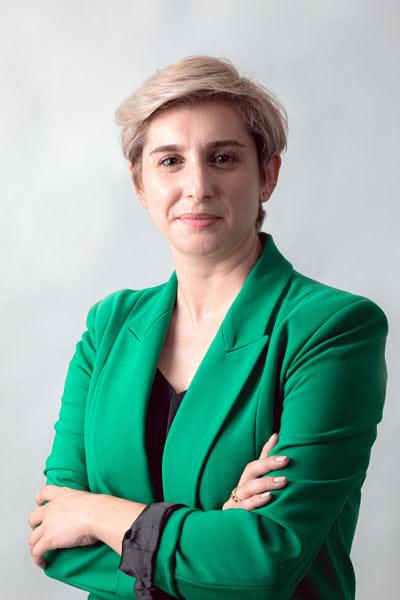
Eileen Marie Hanna, PhD
Eileen Marie Hanna an assistant professor of computer science in the Department of Computer Science and Mathematics. She joined LAU as a visiting assistant professor of computer science and bioinformatics from spring 2020 until summer 2022. Prior to that, she spent three years as a postdoctoral fellow at the Computational Biology Unit at the University of Bergen in Norway where she was part of “dCod 1.0: Decoding the systems toxicology of Atlantic cod.” This project combined multidisciplinary competencies that went beyond the traditional departmental boundaries to study cod’s adaptations and reactions to environmental stressors.
Abstract
The advent of exome sequencing (ES) has revolutionized the diagnosis and study of genetic disorders, allowing for the identification of disease-causing mutations.
In Lebanon, where high consanguinity rates contribute to a significant burden of rare and recessive genetic diseases, the integration of bioinformatics and genetics is crucial for establishing a national registry for genetic disorders. Furthermore, advanced data visualization techniques, such as interactive genomic maps, patient clustering, and real-time dashboards, can provide an intuitive representation of genetic disorder distribution across the country. These tools can facilitate trend analysis, founder mutation tracking, and targeted healthcare planning, ensuring a data-driven approach to precision medicine in Lebanon.
By leveraging ES and bioinformatics, this initiative aims to create a comprehensive genetic disease database, ultimately improving patient care, guiding policy decisions, and fostering further genomic research in the region.
Lecture 4: Therapeutic Options for the Rare Diseases

Arnold Munnich, MD, PhD
Pediatrician and Geneticist, Arnold Munnich is the creator and Head of the Department of Medical Genetics at the Necker-Enfants malades Hospital in Paris. After an internship at the Paris hospitals (1975) and a thesis of sciences (1988) at the Cochin Institute under the direction of Axel Kahn, he was named professor of genetics at the Paris Descartes University in 1989. He made his clinicat (1986-1990) at the Necker Hospital in Paris. He directed the INSERM “Genetic Disorders of the Child” unit until 2014. Doctor of Medicine, Doctor of Science and Professor of Genetics at the Paris Descartes University since 1989, Arnold Munnich devoted his research to the identification of genes responsible for the neurological, metabolic and malformative handicaps of the child. In 2016, he was elected President of the Imagine Institute of Genetic Diseases, which he co-founded in 2007 with Professors Claude Griscelli and Alain Fischer in particular.
Abstract
Rare diseases, often characterized by their low prevalence and complex clinical presentations, pose significant challenges for diagnosis and treatment. Advances in therapeutic options have emerged, driven by breakthroughs in genetic research, novel drug development, and personalized medicine approaches. Gene therapy, enzyme replacement therapy (ERT), and small-molecule drugs have transformed the treatment landscape for several rare conditions. Additionally, repurposing existing drugs and leveraging monoclonal antibodies have shown promise in expanding treatment possibilities. Despite these advances, limited clinical trials and high treatment costs remain significant barriers. Ongoing research and global collaboration are crucial to improving accessibility and developing innovative, targeted therapies tailored to patients with rare diseases.
Lecture 5: KCTD11: A New Gene in Charcot-Marie-Tooth Disease
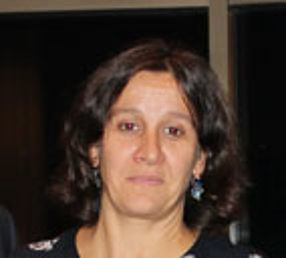
Valerie Delague, PhD
Dr. Delague is currently leader of the research group “Genetics and Pathomechanisms of Inherited Peripheral Neuropathies” at Marseille Medical Genetics/U 1251 research unit in Marseille. She has been working on these diseases for many years, and has acquired a strong expertise in the field. By setting-up a network of geneticists, clinicians and molecular biologists from the Mediterranean basin and the Middle-East (Lebanon, Tunisia, Morocco, Palestine and Iran), and due to her previous expertise (7 years of research on consanguineous families in Lebanon), she focuses her research on autosomal recessive forms of CMT, which are usually less frequent, of earlier onset and more severe than the autosomal dominant CMT forms (CMT1).
Through these collaborations, she has the opportunity to collect large inbred families affected mostly by autosomal recessive forms of CMT, and has been able to identify several genes mutated in different forms of CMT4 (autosomal recessive demyelinating CMT): CMT4F , due to mutations in PRX and CMT4H due to mutations in FGD4, dHMN due to mutations in VRK1, as well as genes mutated in rare forms of Non Progressive Cerebellar Ataxia (WDR73, PMPCA).
Through the identification of new defective genes/proteins in the peripheral nerve, and the study of their function in normal and pathological conditions, she intends to better understand the physiopathology of IPNs and to identify treatments for these diseases. To this aim, she is developing several in vitro and in vivo (mouse, zebrafish) models. Her work led to the publication of more than 90 scientific papers in international peer-reviewed journals.
Finally, one striking issue in Dr. Delague’s career is her constant dedication toward developing collaborations between researchers from the Mediterranean areas (Lebanon, Tunisia, Algeria, Morocco and Palestine), and more importantly toward improving the nature of the “North/south”. In 2016, she was awarded with the Rammal medal, for her leading role in research in Molecular Genetics, her teaching and training of other researchers and for her continued efforts over many years to develop scientific collaborations between researchers from many countries in the Mediterranean area and to enhance global expertise in the treatment of genetic disorders.
Abstract
Charcot-Marie-Tooth (CMT) disease is a neuromuscular disorder, affecting the peripheral nervous system. It is clinically and genetically heterogeneous and caused by more than 100 genes. In this study, we recapitulate the results of 20 years of genetic studies in a cohort of patients and families from Lebanon, affected with various subtypes of Charcot-Marie-Tooth disease. Our result show a genetic distribution of CMT genes, different than what is usually seen and published in Western countries, with a wider distribution and more prevalent rare and ultra-rare CMT subtypes, of autosomal recessive transmission. This is due to a specific geographic and genetic context, in particular related to a high genetic diversity, the presence of genetic isolates and a high rate of consanguinity. These results provide insights for a better understanding and diagnosis of these diseases.
Lecture 6: Neuromuscular Disorders in the MENA Region: Past, Present, and Future
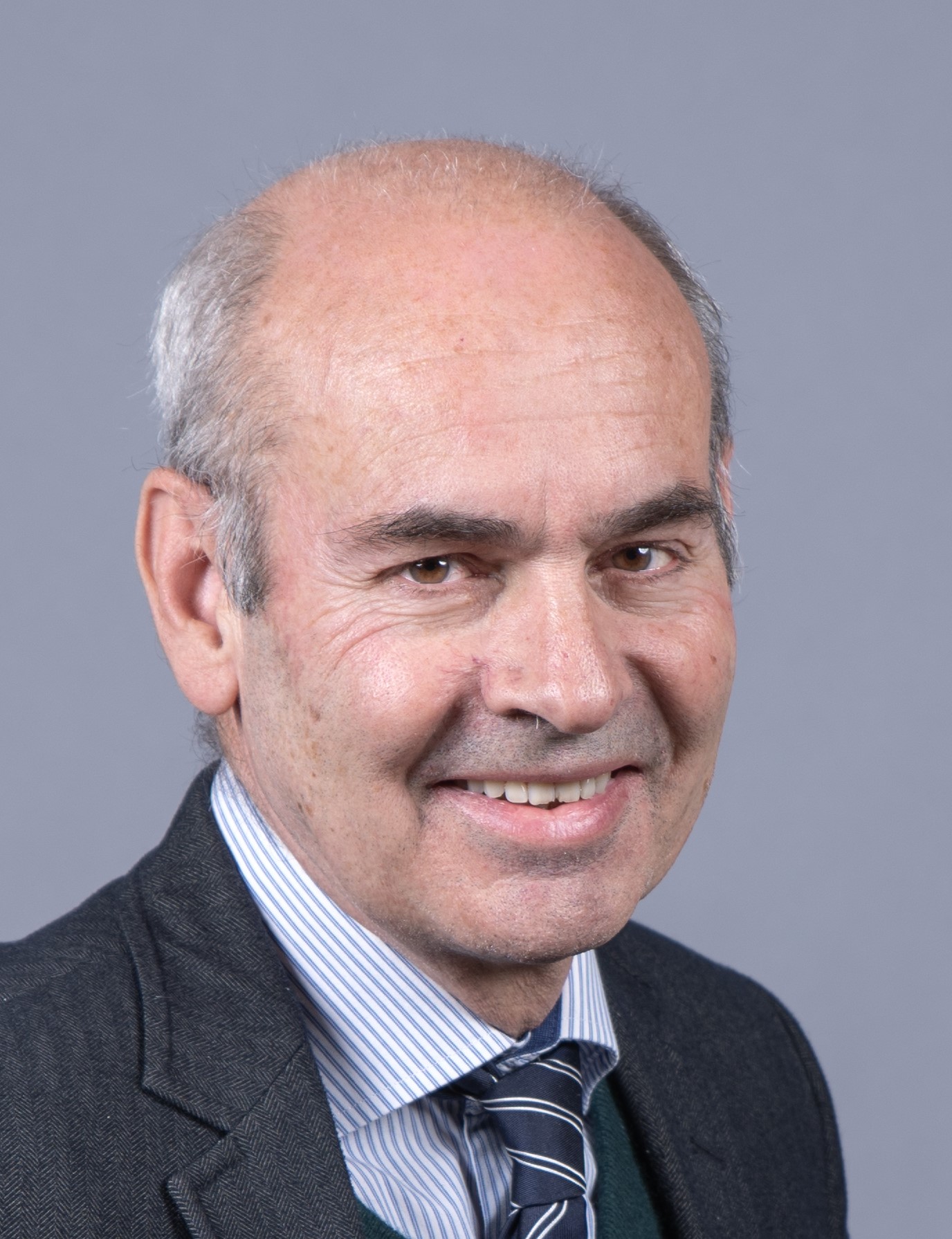
Andoni Urtizberea, MD, MSc
Dr. Urtizberea is a French physician trained in Paris University (1983-1987) and certified both in pediatrics and PMR (physical medicine and rehabilitation). After graduating in parallel from the “Institut d’Etudes Politiques de Paris” in 1987, he served many years as Medical Director of the AFM-Telethon and then as General Delegate of the “Institut de Myologie of Paris”. As Scientific Director of the European Neuromuscular Center in the Netherlands (ENMC, 1999-2005), and with the AFM-Téléthon’s support, he contributed to the establishment of many global networks in myology. He served till December 2019 as part-time clinical myologist in Hendaye Hospital, France (APHP trust) and as deputy coordinator of the French Neuromuscular Network (FILNEMUS) in Marseilles. Over the past twenty years, he headed various worldwide educational events dedicated to myology (in Europe, Russia, Latin America and, more recently in the Middle-East). He is currently a faculty at the Institut de Myologie of Paris, France, running the AcadeMYO project. Ideally located at the intersection of industry, patient advocacy groups and academia, his main objective is to raise more awareness about these rare conditions notably in emerging. In (2016), and together with Prof. Andre Megarbane (Beirut, Lebanon), he co-founded “Maladies Orphelines Sans Frontières” (MOSF), an NGO dedicated to humanitarian relief in the field of rare diseases.
Abstract
Neuromuscular disorders (NMD) represent a great number of patients across the MENA region with an uneven geographical distribution of such diseases. The high degree of consanguinity observed in most MENA populations results in numerous autosomal recessive rare or ultrare hereditary conditions.
In terms of diagnosis and management, the majority of MENA countries started from scratch, NMD being regarded as a second priority. Nowadays, we are undergoing a profound, sustained revolution both from a diagnostic and therapeutic perspectives, with a significant change of mindset among stakeholders.
The growing interest in NMD manifested by healthcare providers and patient advocates of MENA led to fruitful collaborations between stakeholders over the years. We will illustrate this by touching upon two ultrarare neuromuscular conditions recently elucidated: STAC3 deficiency and HMGCR deficiency.
Trial readiness, access to cutting-edge therapies, patient registries, and expert centers for NMD represent major challenges for the future.
Lecture 7: Epilepsy in Pediatrics and Rare Diseases
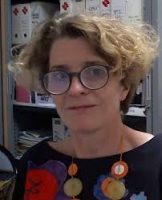
Isabelle Desguerre, MD, PhD
Isabelle Desguerre is a neuropediatrician and works at the Paediatric Neurology Department of the Necker-Enfants Malades University Hospital.
Abstract
Epilepsy is a common neurological disorder in children, often presenting with diverse etiologies, including genetic, structural, metabolic, and immune-related causes. Among these, rare diseases play a significant role in pediatric epilepsy, with conditions such as Dravet syndrome, Lennox-Gastaut syndrome, and mitochondrial disorders contributing to early-onset and treatment-resistant seizures. Advances in genetic testing have improved the diagnosis of epilepsy-related rare diseases, allowing for more precise, personalized treatment approaches. Recent therapeutic innovations, including targeted gene therapies, precision medicine, and novel anti-seizure medications, offer hope for improved seizure control and neurodevelopmental outcomes. However, challenges remain in early diagnosis, access to specialized care, and long-term management. This review explores the intersection of epilepsy and rare diseases in pediatrics, highlighting recent advancements in diagnosis, treatment, and future research directions.
Lecture 8: Inherited Retinal Disease Genetics: From Gene Discovery to Gene Therapy
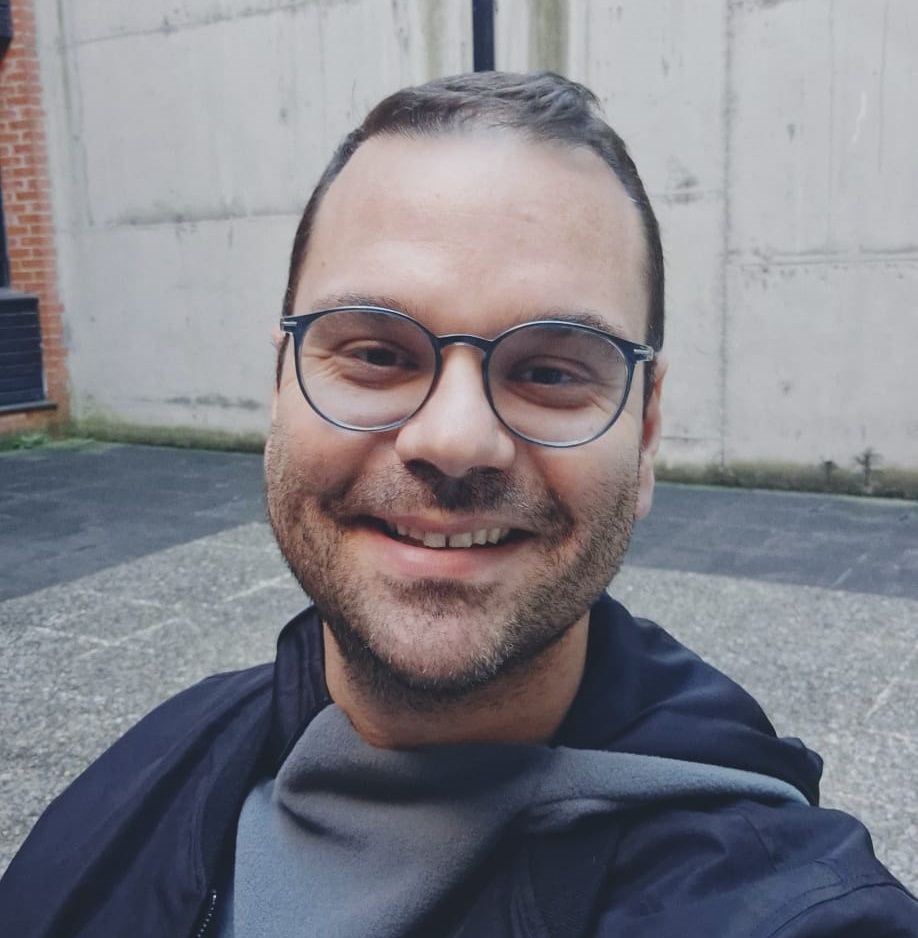
Said El Shamieh, PhD
Said El Shamieh holds a PhD in Human Genetics from the Université de Lorraine, France. He then completed a postdoctorate fellowship at the Institut de la Vision, Sorbonne, France. He’s currently an Associate professor of Human Genetics at Beirut Arab University (Lebanon) and an adjunct researcher at the A-Z team of the Institut de la Vision.
His main work has been applying next-generation sequencing to identify novel genotypes associated with inherited retinal disorders, which has revealed novel genes such as KIZUNA, ITM2B, and UBAP1L. He is also involved in pharmacogenomics research and teaching, as he became a Team Leader in the Erasmus+ project, an online pharmacogenomics and personalized medicine postgraduate program that aim to o improve the healthcare service provided in Lebanon and Egypt.
He has published over 70 articles and serves on the editorial boards of several genomics journals.
Abstract
Inherited retinal dystrophies (IRDs) are a heterogeneous group of genetic disorders characterized by progressive retinal degeneration, leading to visual impairment and eventual blindness. IRDs affect approximately 1 in 3,000–4,000 individuals in the Western world and are classified into syndromic and non-syndromic types. Syndromic IRDs, such as Usher syndrome and Bardet-Biedl syndrome, involve visual impairment along with other systemic symptoms. Non-syndromic forms, are confined to the eyes and include retinitis pigmentosa (RP), Leber congenital Amaurosis (LCA).
IRDs are highly heterogeneous at the genetic level, with more than 300 associated genes, making them challenging to diagnose accurately. The widespread implementation of next-generation sequencing has revolutionized this field by identifying novel disease-causing genes. These technologies have improved the understanding of the genotype-phenotype relationship, which is crucial for identifying treatment effects in clinical trials. The most notable success in this field is the approval of voretigene neparvovec (Luxturna) for RPE65-associated LCA, which has set a precedent for further research and development in gene-based therapies for other IRDs. Integrating newer technologies like CRISPR-based gene editing, RNA-based therapeutics leverage (antisense oligonucleotides and small interfering RNAs), Optogenetics and retinal prosthetics, and stem cell therapy might offer promising alternatives.
This talk will present the latest insights into the genetic architecture of IRDs, highlight key discoveries, and discuss current and future gene therapy approaches.
Lecture 9: Lessons for Aging from Progeroid Syndromes’ Epigenetics
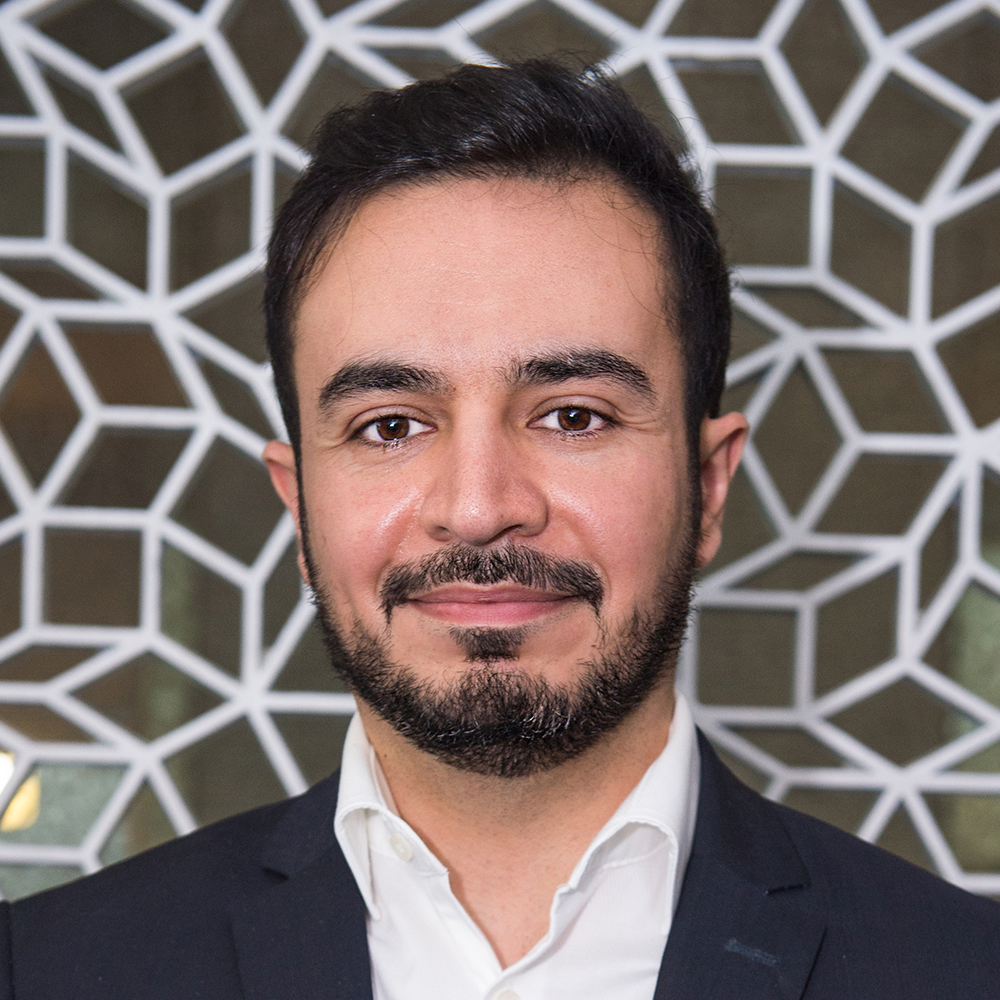
Nady El Hajj, PhD
Nady El Hajj is Associate Professor of Genomics and Precision Medicine at the College of Health and Life Sciences at Hamad Bin Khalifa University. He graduated in biology from the American University of Beirut in 2007 and received his PhD from the University of Würzburg in 2011. He completed his postdoctoral training at the Institute of Human Genetics at the University of Würzburg in Germany. He later joined Baylor College of Medicine as research associate. His main research interests are in the field of epigenetics where he currently focuses on developing novel epigenetic biomarkers for early disease prediction and on understanding the role of epigenetic mechanisms in aging and longevity. In 2012, he was awarded the young investigator award of the European Society of Human Genetics.
Abstract
To better understand aging, we are focusing on studying progeroid syndromes to identify epigenetically dysregulated genes underlying the accelerated aging phenotype. In the first part of the talk, I will discuss DNA methylation signatures of patients with Hutchinson Gilford Progeria syndrome (HGPS), a genetic disorder characterized with accelerated aging started from childhood. HGPS is an extremely rare genetic disorder with a prevalence of ~ 1 in 20 million and has attracted extensive research interest since it is considered a model of accelerated human aging. Prior to our study, no study had investigated epigenetic alterations in blood DNA of HGPS patients due to the limited number of patients worldwide. In the second part of the talk, I will present results from our study on Berardinelli–Seip congenital lipodystrophy type 2 (CGL2), which has been of interest in aging research ever since being proposed by Georges Martin in 1978 as a progeroid syndrome. In this study, we identified epigenetic age acceleration in CGL2 and epigenetic alterations affecting the promoter of the gene DUSP22. Further work on DUSP22, revealed promising results regarding its role in adipocyte differentiation and function.
Lecture 10: Updates in Spinal Muscular Atrophy

Isabelle Desguerre, MD, PhD
Isabelle Desguerre is a neuropediatrician and works at the Paediatric Neurology Department of the Necker-Enfants Malades University Hospital.
Abstract
Spinal Muscular Atrophy (SMA) is a genetic neuromuscular disorder characterized by progressive muscle weakness due to the degeneration of motor neurons in the spinal cord. Recent advancements in genetics, therapeutics, and patient care have significantly improved the prognosis for individuals with SMA. The introduction of disease-modifying therapies, such as nusinersen, onasemnogene abeparvovec, and risdiplam, has revolutionized treatment by targeting the underlying genetic cause of SMA—mutations in the SMN1 gene. Early diagnosis through newborn screening has also enhanced outcomes by enabling timely intervention. Furthermore, ongoing research into combination therapies, gene editing, and neuroprotective strategies holds promise for further improving patient quality of life. This review provides an overview of recent developments in SMA treatment, emerging therapeutic approaches, and challenges in long-term disease management.
Lecture 11: Rare, Overlooked, and Misdiagnosed: The High Stakes of Getting it Right
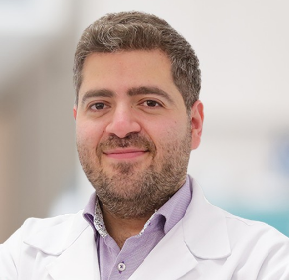
Annoir Shayya, MD
Dr. Annoir Shayya is currently a clinical instructor at the LAU Gilbert and Rose-Marie Chagoury School of Medicine. Dr. Shayya obtained a Medical Degree from the Gilbert & Rose-Marie Chagoury School of Medicine in 2015, followed by the completion of an Internal Medicine degree in June 2018 & then fellowship in hematology and oncology. Dr. Shayya is a strong patient advocate interested in personalized evidence based medicine.
Abstract
Rare cancers, defined as malignancies with an incidence of fewer than fifteen cases per 100,000 individuals annually, present unique diagnostic and therapeutic challenges. Their rarity leads to delayed diagnoses, limited clinical trial data, and fewer targeted treatment options. This presentation will explore the epidemiology, molecular landscape, and evolving therapeutic strategies for rare cancers, with a focus on emerging precision medicine approaches. Recent advances in genomic profiling have led to novel targeted therapies, improving outcomes for select patient populations. However, access to treatments and clinical trial enrollment remain significant hurdles. Through case studies and current research insights, this session aims to enhance clinicians’ awareness of rare cancers and encourage collaboration to improve patient care and outcomes.